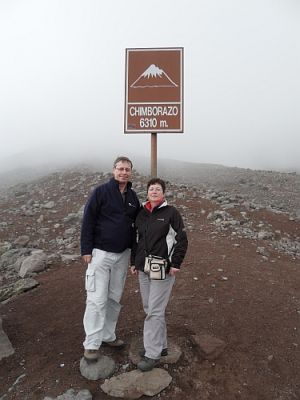Cordis ICT results publication
Piecing together the next generation of cognitive robots
European researchers are making progress on piecing together a new generation of machines that are more aware of their environment and better able to interact with humans.
While building robots with anything akin to human intelligence remains a far off vision, making them more responsive would allow them to be used in a greater variety of sophisticated tasks in the manufacturing and service sectors. Such robots could be used as home helpers and caregivers, for example.
As research into artificial cognitive systems (ACS) has progressed in recent years it has grown into a highly fragmented field. Some researchers and teams have concentrated on machine vision, others on spatial cognition, and on human-robot interaction, among many other disciplines.
All have made progress, but, as the EU-funded project CoSy (Cognitive Systems for Cognitive Assistants) has shown, by working together the researchers can make even more advances in the field.
“We have brought together one of the broadest and most varied teams of researchers in this field,” says Geert-Jan Kruijff, the CoSy project manager at the German Research Centre for Artificial Intelligence. “This has resulted in an ACS architecture that integrates multiple cognitive functions to create robots that are more self-aware, understand their environment and can better interact with humans.”
The CoSy ACS is indeed greater than the sum of its parts. It incorporates a range of technologies from a design for cognitive architecture, spatial cognition, human-robot interaction and situated dialogue processing, to developmental models of visual processing.
“We have learnt how to put the pieces of ACS together, rather than just studying them separately,” adds Jeremy Wyatt, one of the project managers at the UK’s University of Birmingham.
The researchers have made the ACS architecture toolkit they developed available under an open source license. They want to encourage further research. The toolkit has already sparked several spin-off initiatives.
Read the whole story >>
vrijdag 25 juli 2008
Piecing together the next generation of cognitive robots
Gepost door
Ary Stuifbergen
op
10:59
![]()
![]()
Labels: 1. Technews
Abonneren op:
Reacties posten (Atom)


Geen opmerkingen:
Een reactie posten